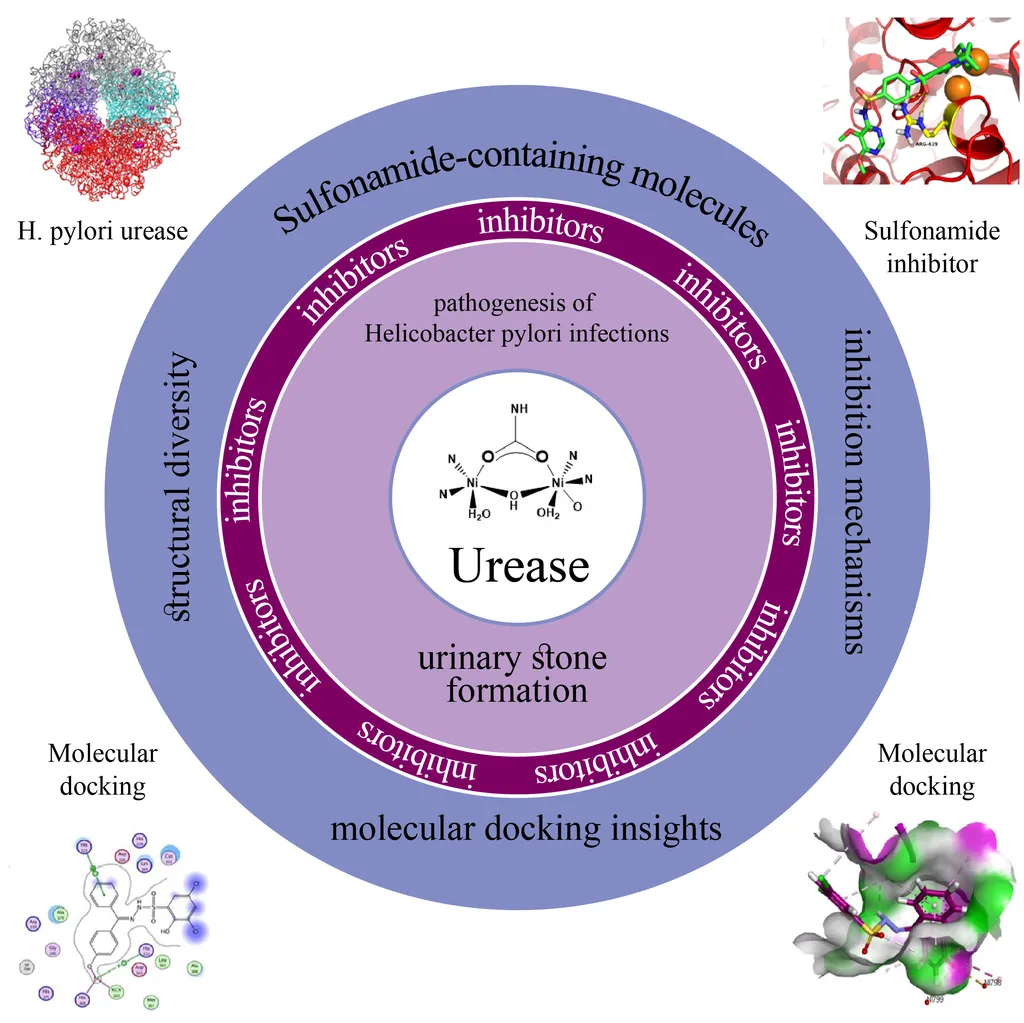In the heart of India’s northeastern region, researchers are unraveling the intricate mechanisms of a powerful enzyme that could revolutionize agriculture and environmental sustainability. Urease, a nickel-containing metalloenzyme, has long been known for its ability to catalyze the hydrolysis of urea, but a recent study published in *Exon* sheds new light on its kinetic and thermodynamic mechanisms, opening doors to innovative applications.
The research, led by Amiya Ojha from the Department of Bioengineering at the National Institute of Technology, Agartala, delves into the molecular basis of urease function, emphasizing its active site dynamics, substrate binding, and catalytic efficiency. “Understanding the thermodynamic stability and inhibition strategies of urease is crucial for harnessing its potential in various fields,” Ojha explains.
Urease’s role in agriculture is particularly noteworthy. The enzyme contributes to soil alkalization and nutrient availability, making it a key player in sustainable farming practices. By optimizing urease activity, farmers could enhance soil fertility and crop yields, reducing the need for chemical fertilizers. This not only benefits the environment but also improves the economic viability of agricultural practices.
The study also highlights the dual role of urease as both a beneficial and pathogenic agent in different ecosystems. In some contexts, urease activity can lead to biocalcification, a process that strengthens soil structure and improves water retention. In others, it can contribute to the formation of kidney stones and other health issues. Understanding these mechanisms allows for the development of targeted strategies to manage urease activity effectively.
One of the most promising applications of urease research is in the field of bioconcrete and bioremediation. Microbially induced calcite precipitation (MICP), a process mediated by urease, can be used to repair cracks in concrete structures, enhancing their durability and longevity. This technology has significant implications for infrastructure development and maintenance, particularly in regions prone to seismic activity.
The study also explores the environmental conditions that influence urease activity, providing valuable insights for optimizing its use in various applications. By understanding the factors that regulate urease expression in different microorganisms, researchers can develop strategies to enhance its beneficial effects while mitigating potential risks.
The implications of this research are far-reaching, with potential applications in agriculture, environmental sustainability, and human health. As Ojha notes, “The knowledge presented here aims to inform the development of strategies for managing urease activity in both environmental and clinical settings, with potential implications for improving human health and agricultural productivity.”
In the coming years, we can expect to see further advancements in the field of environmental enzymology, driven by a deeper understanding of urease and its mechanisms. This research not only highlights the importance of urease in various ecosystems but also paves the way for innovative solutions to some of the world’s most pressing challenges. As we continue to explore the potential of this remarkable enzyme, the possibilities for sustainable agriculture and environmental stewardship are truly exciting.

